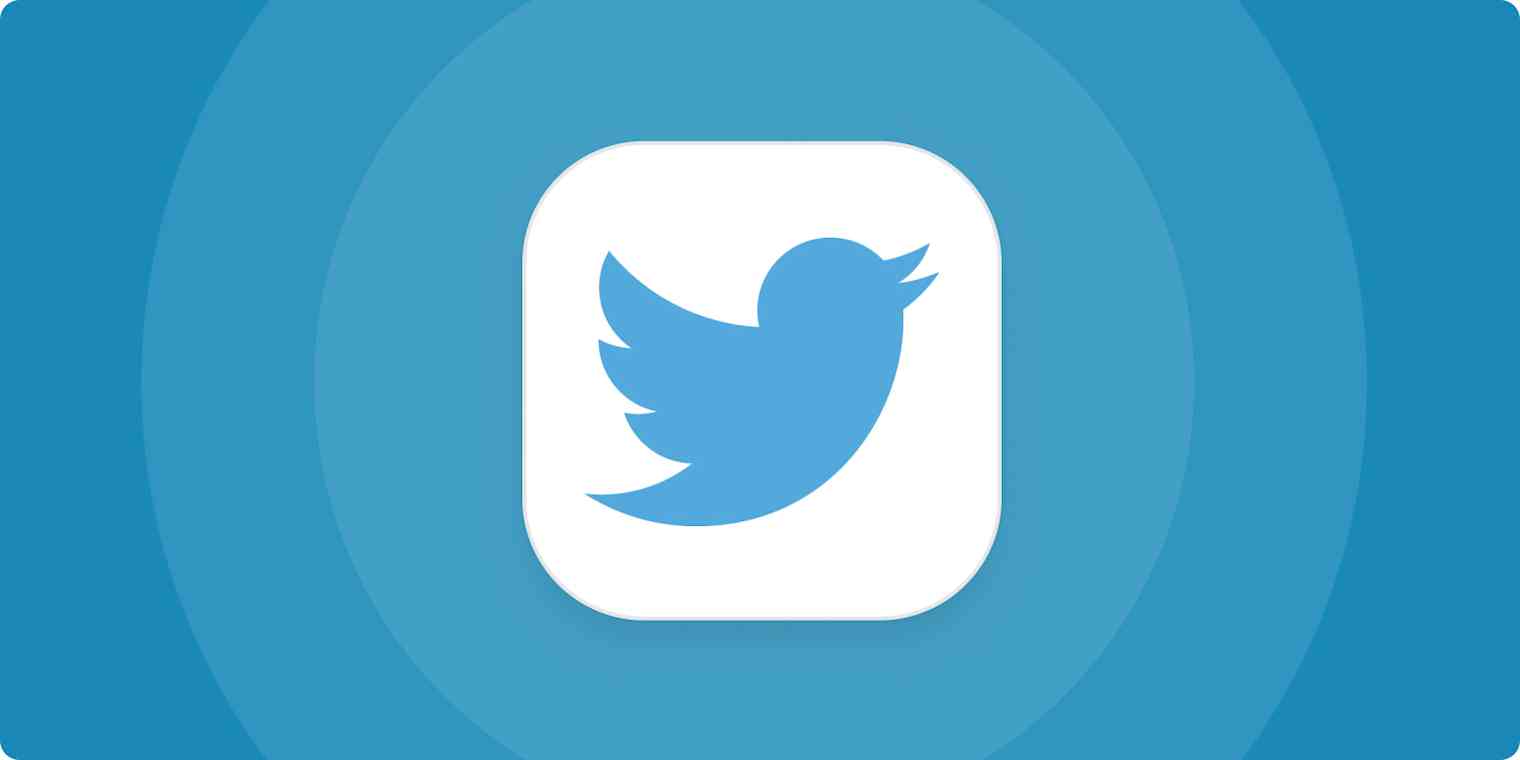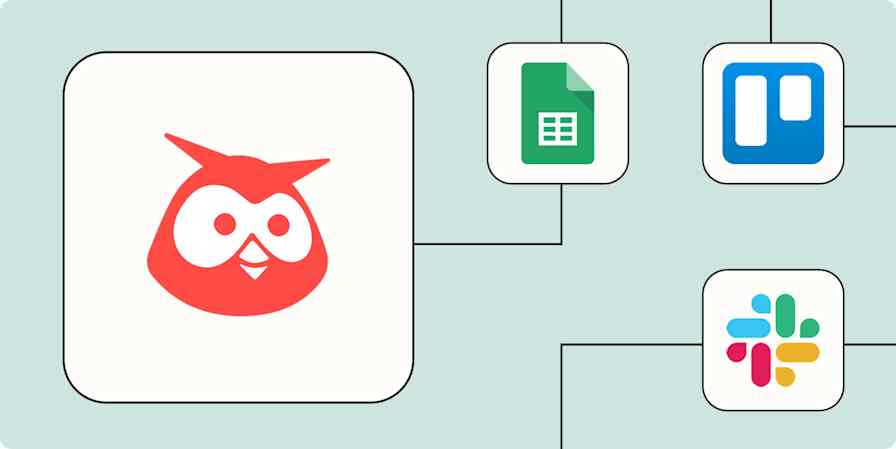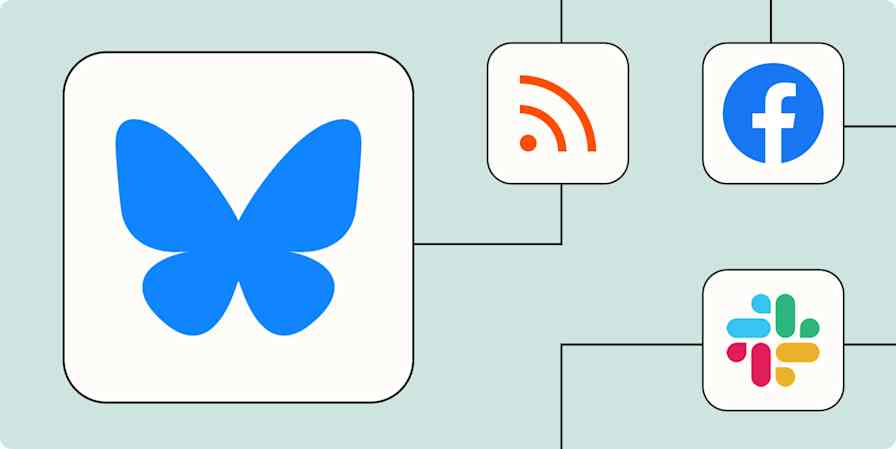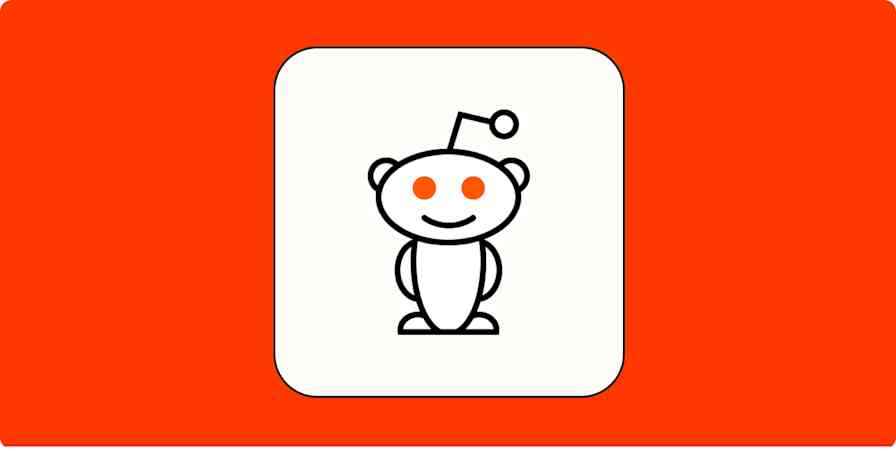Marketing tips
6 min readHow to make your Twitter memes accessible for screen readers
By Melissa King · November 8, 2021

Get productivity tips delivered straight to your inbox
We’ll email you 1-3 times per week—and never share your information.
mentioned apps
Related articles
Improve your productivity automatically. Use Zapier to get your apps working together.








